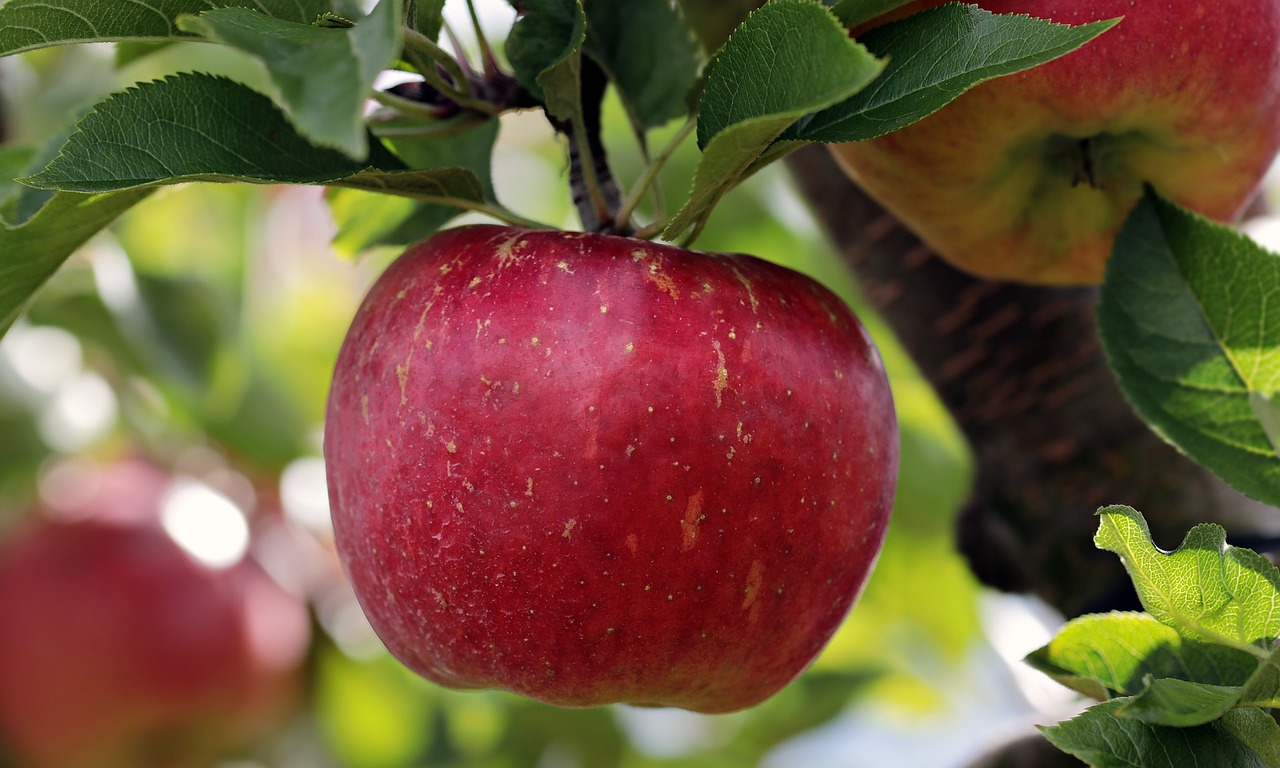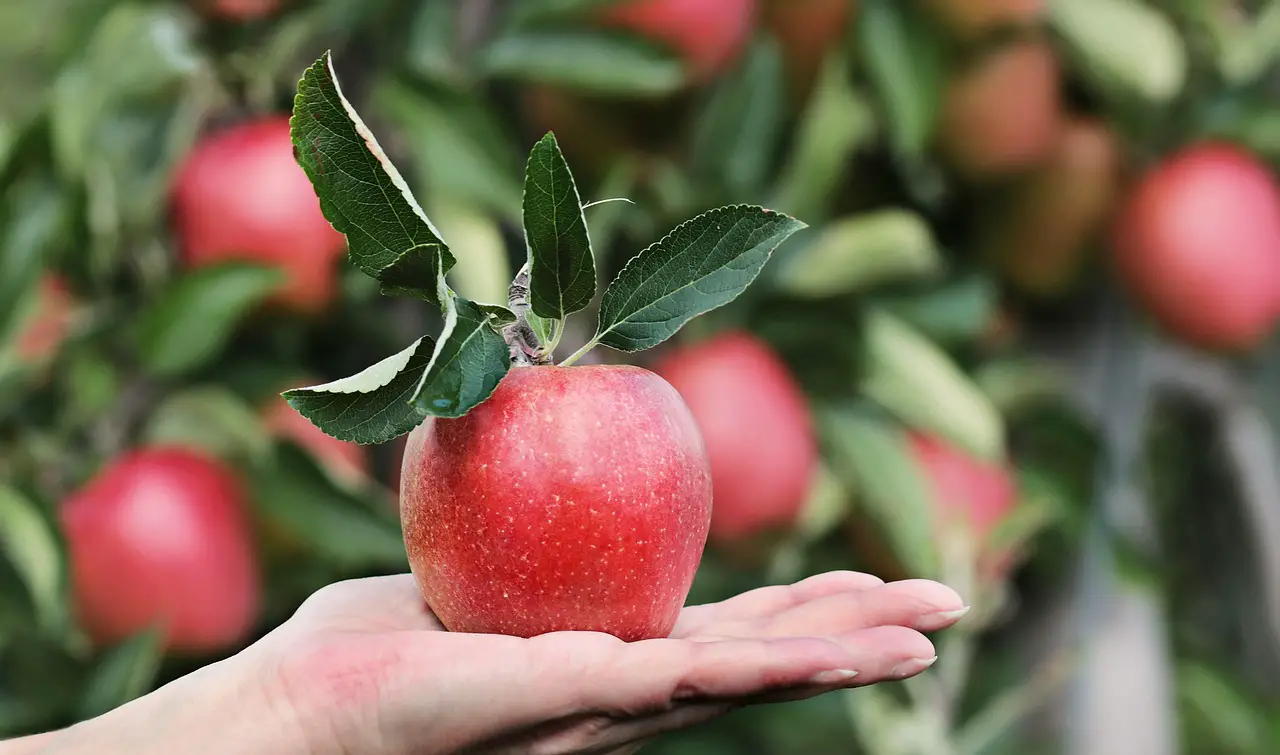Proper pruning of tall fruit trees is essential for their health, fruit quality, and ease of harvest. This guide covers optimal timing, essential tools, effective techniques, and common mistakes to avoid, helping gardeners of all levels maintain vigorous, well-shaped trees that yield abundant, high-quality fruit year after year.
Let me share a personal tip: I once neglected to prune my trees properly and ended up fighting pest issues all season. Now, I never skip the basics. Proper pruning encourages healthy growth while making harvests easier and reducing disease risks. I always keep in mind the fundamental principles before tackling the more advanced techniques I’ve learned over the years.

Tall fruit trees can be intimidating to manage—trust me, I’ve been there trying to reach the highest branches without a proper ladder or tool. But I’ve learned that with the right approach, you can keep them thriving. Pruning helps control their size, which makes harvesting easier and pest management less of a headache. Plus, well-pruned trees let in more sunlight and breathe better, which is essential for healthy growth. I always remind myself: patience and technique are key.
Understanding the Essentials of Pruning
Before I started I had to grasp a few basics. I always think of pruning not just as cutting branches but as shaping a living sculpture that supports both health and productivity. My go-to tips are:
- Timing: I always prune during dormancy—late winter or early spring—so the tree isn’t stressed during its active growth periods.
- Tools: I swear by sharp, clean pruning shears and loppers. Dull tools make uneven cuts that heal slowly and can spread disease.
- Techniques: I like thinning cuts—removing crowded branches—and heading cuts—trimming back branches to buds—to shape the tree without overdoing it.
Once I understood these, handling taller trees became less intimidating. The next step was choosing the right tools, which brings me to one of my personal favorite parts of pruning—gear!

Pro-Tips
When I first tried pruning my tall fruit trees, I underestimated how important the right tools and timing are. If I didn’t use sharp, clean tools, I ended up making jagged cuts that took longer to heal and sometimes invited disease. Now, I always sterilize my shears and loppers before starting and make sure they are razor sharp—it makes a world of difference in the quality of cuts and the overall health of the tree.
Initially, I thought I could prune anytime I felt like it, but I learned that dormancy—late winter or early spring—is the optimal period. Pruning during this time minimizes stress on the tree and encourages vigorous spring growth. When I first neglected this, I noticed my trees struggled to recover and were more susceptible to pests.
Another tip from my experience: I used to get overwhelmed reaching for high branches. Investing in a pole pruner was a game-changer. It allowed me to carefully trim tall branches without risking falls or causing damage. Plus, I always balance my cuts—removing crowded or crossing branches and heading back to buds or lateral branches—so the tree maintains a healthy shape.
Patience is key. When I first tried to do too much at once, I stressed the tree and saw fewer fruits the following season. Now, I prune gradually, focusing on thinning to improve airflow and light penetration. I also make sure I clean up all wiped branches and fallen debris afterward—leaving debris around can attract pests and fungi.
In my early days, I neglected these details, which caused setbacks. Now, I double-check I follow these best practices: avoid over-pruning, prune at the right time, and always sanitize my tools. This minimal attention to detail has significantly boosted my trees’ health and productivity.
Picking the Right Pruning Tools
Over the years, I’ve discovered that having the right tools really makes a difference. I always keep several handy:
- Pruning shears: For delicate cuts on small branches.
- Loppers: For thicker, more stubborn branches.
- Saw: When limbs get too big for loppers.
- Pole pruner: To reach those towering branches without risking a fall or climbing—one of my favorite investments!
I also always wear gloves and safety glasses—it’s better to be safe than sorry when dealing with sharp tools. A moment of care keeps injuries at bay and makes the job more enjoyable.
Pruning Techniques for Tall Trees
When I first started, I found that choosing the right technique made all the difference. Here are some I always use:

Thinning
Thinning is a tactic I always employ—it involves removing select branches to open up the canopy. This improves air flow and sunlight, which I’ve learned helps prevent disease and boosts fruit quality. I pay special attention to branches that cross or grow inward toward the tree’s center, removing those that don’t contribute to a balanced shape.
Heading Cuts
Next, I often use heading cuts by trimming branches back to a bud or lateral branch. This encourages new growth and helps refine the tree’s shape. But I’ve learned to be cautious—cutting too much can stress the tree or reduce fruit production.
Cleaning Up After Pruning
After pruning, I always clear out all the branches and debris. I once left debris under my trees—big mistake! It attracted pests and fungi. Cleaning up is simple but vital: it prevents disease and keeps my orchard clean and healthy. I swear by this: I never leave refuse behind.

Watch Out for Classic Mistakes
Over the years, I’ve seen many gardeners make common errors that set back their trees’ health. I always double-check myself to avoid these pitfalls:
- Over-pruning: I remind myself not to cut too much at once; it stresses the tree and can cut down next year’s fruit.
- Pruning at the wrong time: I avoid heavy cuts during the wrong seasons, especially in summer or fall, to prevent damage or disease.
- Poor tool hygiene: Dull or dirty tools are my enemies—they spread disease and make cuts rough. I always sterilize my tools before and after pruning.
Remaining mindful of these helps me avoid setbacks and ensures my trees stay healthy and fruitful.
Implementing these practices has transformed my approach. I’ve learned to tailor my pruning based on the season and the tree’s needs. Over the years, I’ve discovered that combining pruning, watering, fertilization, pest control, and encouraging pollinators creates a resilient, productive orchard. And honestly? Watching my trees flourish year after year makes all the effort worthwhile.
Seasonal Tips for Pruning and Care
I always pay special attention to the season when pruning because timing can make or break the results. Here are my personal tips based on experience:
Winter Dormancy
This is my favorite time—it’s quiet, and I can see the tree’s structure clearly. I prune heavily during this period because it reduces disease risk and encourages vigorous spring growth. I love how clean the cuts look when the branches aren’t hidden by leaves. Plus, I always remember: a well-pruned tree in winter survives storms better and produces better fruit later.
Spring
I keep my pruning light in early spring to avoid cutting off budding blossoms. If I see dead or damaged branches, I remove them before they cause problems. Sometimes, I gently shape my trees as new shoots appear—it’s a rewarding feeling to see how they respond.
Summer
Maintaining shape and controlling growth is my summer goal. I remove water sprouts and suckers—branches that shoot straight up and waste energy. This keeps the tree open and airy, which I know helps prevent fungal problems.
Fall
I avoid heavy pruning in fall because I don’t want to stimulate new growth that can be vulnerable before winter. But I do clean up fallen leaves and fruit—trust me, this simple step cuts down on pests and disease. Preparing my trees with some mulch and minimal trimming helps them survive winter gaps.
Advanced Techniques to Take Your Tree Care Further
Once I mastered basic pruning, I started experimenting with more advanced methods. These are my go-to practices for especially tall or tricky trees:
Crown Reduction
This technique helps lower the height of overly tall trees that are hard to manage. I selectively remove upper branches to keep the overall shape, which makes harvesting and maintenance easier. Plus, I’ve noticed that it helps prevent limb breakage during storms by reducing wind resistance.
Espalier Training
I love espalier because it allows me to grow fruit trees flat against a wall or trellis—ideal for small gardens. I start with a young tree and train its branches horizontally, tying them to supports. Regular pruning keeps the shape manageable and yields a good harvest in limited space. It took patience, but the results are impressive!
Pest and Disease Control Integration
Pruning isn’t just about shape; it’s crucial for pest management. I always remove infested branches promptly to prevent spread. Natural remedies like neem oil or insecticidal soap are part of my routine. Encouraging beneficial insects through companion planting helps keep pests at bay naturally. These practices, combined with pruning, have kept my orchard largely pest-free and thriving.
Special Considerations for Different Fruits
Over the years, I’ve learned that each fruit tree has its quirks. For example:
| Tree Type | Best Time to Prune | My Tips |
|---|---|---|
| Apple | Late winter to early spring | I focus on thinning and removing water sprouts—big help for better fruit and shape. |
| Pear | Late winter | Open center pruning is my go-to; it keeps the tree airy and productive. |
| Citrus | Late winter/early spring | Light pruning—remove dead or crossing branches—keeps the tree healthy without stressing it. |
| Peach | Late winter | I prune to shape and cut inner branches to boost sunlight exposure on fruiting zones. |
This helps me tailor my approach depending on the fruit, ensuring each tree gets what it needs for optimal health and yield.
Keeping Trees Healthy and Vibrant
Beyond pruning, I always pay attention to watering, fertilization, and pest control. Here’s what helps my trees stay vigorous:
Watering Wisdom
I always water deeply—nothing shallow—so roots grow downwards and stay strong. During dry spells, I increase watering frequency and mulch around the base to retain moisture.
